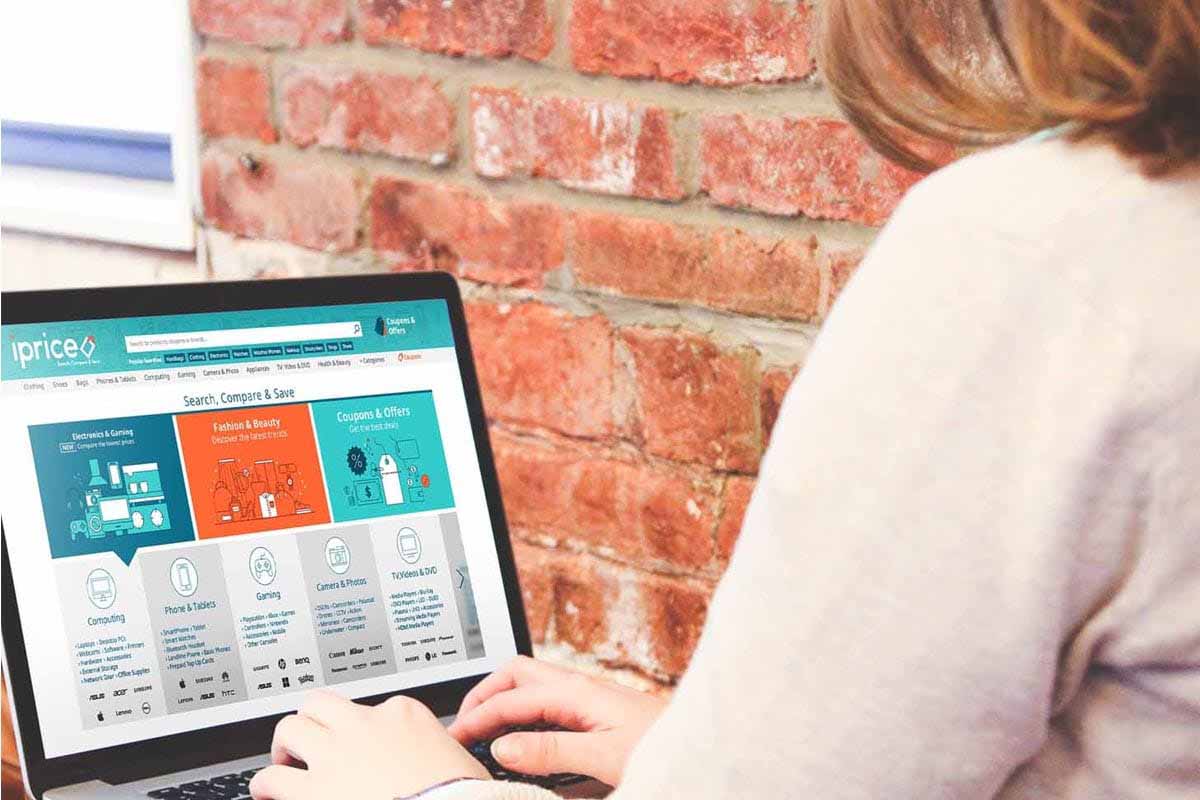Finding the Right Balance for Your Portfolio

Imagine walking a tightrope. Each step requires precision, balance, and careful consideration of every movement. Investing is quite similar. Balancing your investment portfolio can feel like walking a financial tightrope—one wrong move, and you could be off balance. But when done correctly, it can lead to financial stability and growth.
This blog will guide you through the entire process of achieving the perfect balance in your investment portfolio. You’ll learn about the basics, assess your risk tolerance, build a balanced portfolio, leverage modern tools, and peek into real-life examples. Whether you’re a beginner investor or a seasoned financial advisor, these insights will help you maintain equilibrium in your investment strategy.
Understanding the Basics
Definition of Portfolio Balance
At its core, a balanced portfolio aims to distribute your investments across different asset classes. This distribution helps mitigate risks and maximize returns. Think of it as not putting all your eggs in one basket. By diversifying, you can protect your portfolio from market volatility.
The Role of Diversification and its Benefits
Diversification acts as a safety net for your investments. When one asset class underperforms, another may outperform, balancing out potential losses. For instance, stocks and bonds often move in opposite directions. By holding both, you can reduce the impact of market swings, leading to a more stable portfolio over time.
Different Types of Assets and Their Risk-Return Profiles
Understanding the different assets is crucial for achieving balance. Stocks, bonds, real estate, and commodities each come with their unique risk-return profiles. Stocks offer higher returns but come with increased risk. Bonds provide lower returns but are generally safer. Real estate and commodities can act as hedges against inflation. Knowing these profiles helps you make informed decisions tailored to your financial goals and risk tolerance.
Assessing Your Risk Tolerance
How to Determine Your Own Risk Tolerance
Risk tolerance is a personal measure of how much risk you’re willing to take. It varies from person to person. Some investors are comfortable with high-risk, high-reward strategies, while others prefer a conservative approach. Assessing your risk tolerance involves evaluating your financial situation, investment goals, and emotional comfort with market fluctuations.
The Impact of Age, Financial Goals, and Personal Comfort Level on Risk Assessment
Age plays a significant role in risk tolerance. Younger investors can afford to take on more risk as they have longer to recover from potential losses. Financial goals also influence tolerance. Saving for a short-term goal like a house requires a different strategy than saving for retirement. Personal comfort level is equally important. If market volatility keeps you up at night, a conservative approach might be better suited for you.

Building a Balanced Portfolio
Strategies for Diversifying Across Asset Classes
Diversifying across asset classes involves spreading your investments among stocks, bonds, real estate, and other assets. This strategy reduces risk by ensuring that a downturn in one area doesn’t drastically affect your overall portfolio. For example, combining high-growth tech stocks with stable government bonds can offer both growth and security.
The 60-40 Rule and Its Variations
The 60-40 rule is a classic strategy where 60% of your portfolio is in stocks and 40% in bonds. This mix provides growth potential while maintaining some level of safety. However, variations like 70-30 or 50-50 can be tailored to your risk tolerance and financial goals. The key is finding a balance that aligns with your investment horizon and comfort level.
The Role of Rebalancing and Its Importance
Rebalancing involves adjusting your portfolio periodically to maintain your desired asset allocation. Over time, some investments may perform better than others, skewing your balance. Regular rebalancing ensures you stick to your strategy, taking profits from overperforming assets and reinvesting in underperforming ones. This practice keeps your risk level in check and aligns with your long-term goals.
Tools and Technologies for Portfolio Management
Introduction to Modern Portfolio Management Tools and Apps
Modern technology has revolutionized portfolio management. Tools and apps like Betterment, Wealthfront, and Personal Capital offer automated advice, real-time tracking, and easy rebalancing. These platforms use sophisticated algorithms to optimize your portfolio, making it easier to maintain balance without constant manual adjustments.
How Technology Can Help Maintain Portfolio Balance and Track Performance
Technology simplifies the complex task of maintaining portfolio balance. Automated tools can monitor your investments, alert you to imbalances, and even execute trades to rebalance your portfolio. Performance tracking features provide insights into how your investments are doing, helping you make informed decisions based on data rather than emotions.
Real-life Examples and Case Studies
Case Studies of Well-Balanced Portfolios and Their Performance Over Time
Looking at real-life examples can offer valuable lessons. Consider a portfolio that weathered the 2008 financial crisis by balancing between stocks and bonds. Despite market turmoil, the diversified approach minimized losses and recovered faster. Another case study might highlight a tech-heavy portfolio’s performance during the dot-com bubble, emphasizing the importance of sector diversification.
Lessons from Historical Market Trends and How They Affect Portfolio Balance
Historical market trends provide insights into portfolio balance. For instance, the tech boom of the 1990s showed the potential for high returns but also highlighted the risks of overconcentration. The 2008 crisis underscored the importance of bonds as a stabilizing force. By studying past trends, you can make more informed decisions about balancing your portfolio for future market conditions.
Conclusion
Balancing your investment portfolio is akin to walking a financial tightrope. It requires a blend of knowledge, strategy, and regular adjustments to achieve stability and growth. By understanding the basics, assessing your risk tolerance, diversifying across asset classes, leveraging modern tools, and learning from real-life examples, you can master the art of portfolio balance.
Remember, the goal isn’t just to minimize risk but to create a portfolio that aligns with your financial goals and risk tolerance. Take the time to assess your current portfolio, make necessary adjustments, and seek professional advice if needed. A well-balanced portfolio not only enhances financial stability but also sets the foundation for long-term growth and success.
Investing is a continuous learning process. Stay informed, stay balanced, and watch your investments grow.










